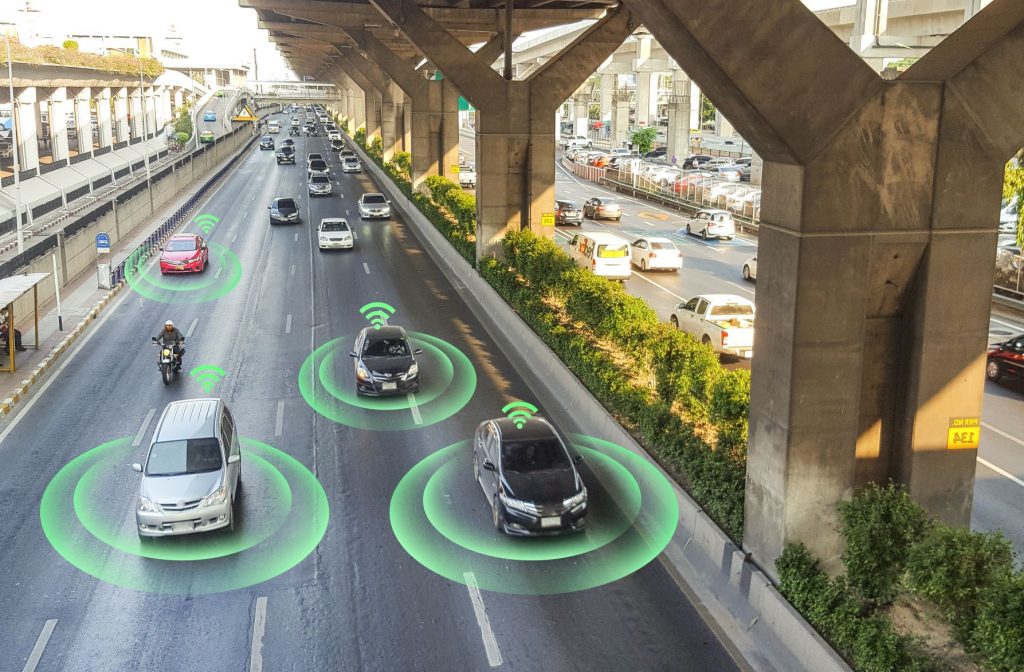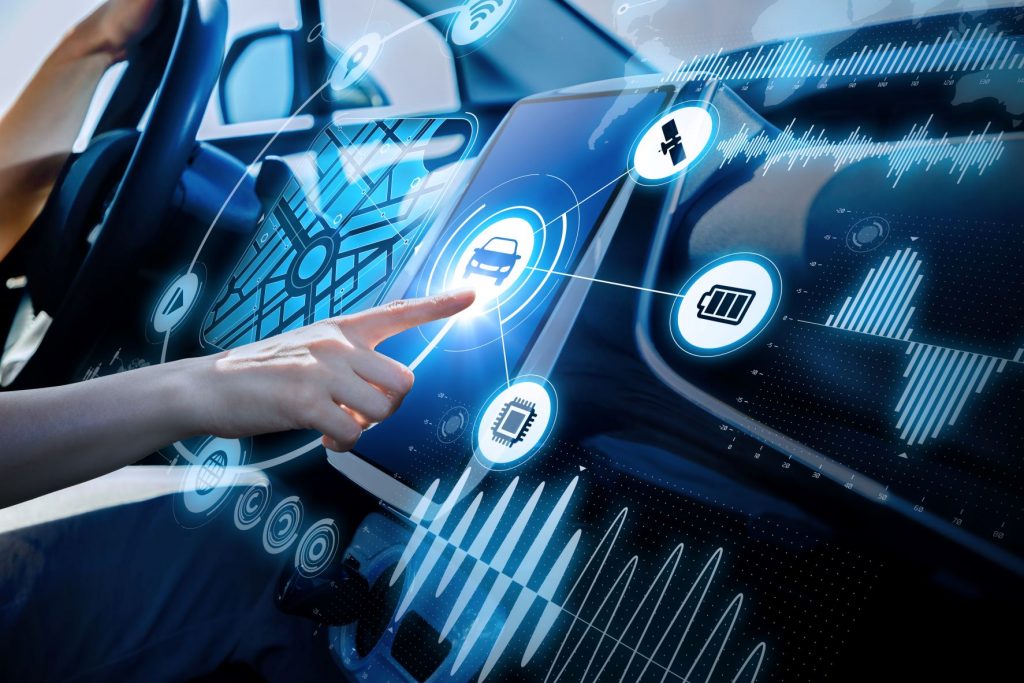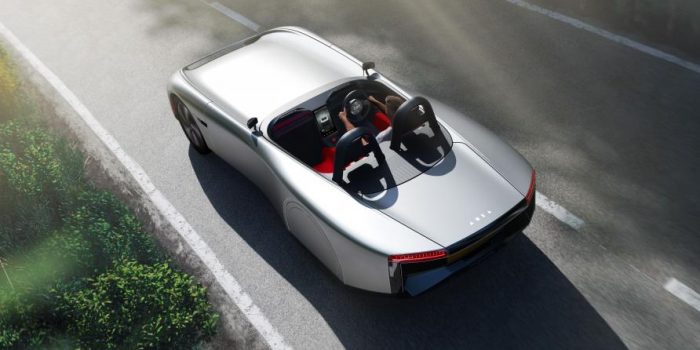From riding horses to driving cars, travel has revolutionized tremendously over the centuries. In the future, driving cars may become a thing of the past since most people would only ride them. There’ll be no need to hold the steering wheel anymore; a few taps on the panel and the car will drive itself.
Thankfully, you don’t need to wait for the next few centuries. If you have money to spare, you can experience the future of car travel now by acquiring these new technologies to power your road trip.

1. Wi-Fi And Signal Boosters
Whether you drive for business or pleasure, having a Wi-Fi hotspot in your vehicle is indeed a convenience. If you have one, you don’t need to fiddle with your phone or tablet while driving. Most Wi-Fi-enabled cars often come with features like hands-free calls and dashboards with traffic updates, weather reports, and access to other mobile apps.
If you have an RV and often visit remote areas of the country, RV cell signal boosters allow you to have a decent connection wherever you are. Even if you’re in the middle of nowhere, rest assured that you’ll have a reliable internet connection that’ll keep you in touch with your loved ones and even stream your favorite shows and movies.
If you’re shopping for a new car, you’re in luck. The majority of today’s cars have those features built-in. According to one estimate, the global automotive industry would produce around 125 million vehicles with connectivity features between 2018 and 2022. The market for such vehicles will even grow by 270% over the same period. (1)
2. Voice Recognition
Voice recognition is another must-have in your car. Together with connectivity features, voice recognition eliminates the need to use your phone while driving. These ultimately prevent enforcers from catching you with a distracted driving ticket and you from getting in a road accident. Know that at least 8.7% of crash fatalities in 2019 was because of distracted driving. (4)
With hands-free technology like voice recognition, you can reduce the number of things that can take your attention away while you’re on the road. However, know that even if your eyes are on the road and hands on the wheel, voice recognition and other hands-free features can still mentally distract you.

Also, the capabilities of voice recognition tech embedded in a car may vary. The basic features often include sending texts or emails, making calls, and using voice commands on the car’s entertainment system. Some may offer advanced features like voice-activated control.
3. Heads-up Holographic Displays
Car and car accessory manufacturers are constantly developing new ways to prevent drivers from getting distracted and make them focus their eyes in front of them. One of these solutions is a heads-up display (HUD), often mounted on top of the dashboard.

A HUD can display various data like current speed, navigation, and other traffic data, all while keeping your eyes on the road. Newer cars have the information projected on the windshield directly in front of the driver, though older ones can install glass displays mounted on top of the dashboard. These are the two most common methods in the market.
Currently, some auto manufacturers plan to integrate holographic displays on their cars’ windshields or incorporate augmented reality technology. Aside from being potentially convenient for drivers, it also looks fantastic.
4. Vehicle To Everything (V2X) Communication
There’s an ongoing race to develop and invest in the most efficient and reliable V2X technology and smart cars in the market. This feature involves getting cars to talk, connect, or form a network with other vehicles and infrastructure around them. With this capability, cars can perform autonomous driving and even provide drivers with real-time traffic data, allowing safer and more efficient travel.
If this is your first time hearing about it, you’re not the only one. Few people have adopted V2X because there are no definite standards yet. After all, some countries and manufacturers still have issues with the type of connection the tech should use. However, it’s only a matter of time before it becomes fully available.
Consider investing in a smart car, which generally comes with the latest V2X technology, for you to experience most of the modern tech available and help save billions in fuel. The only caveat on buying a smart car that can self-drive is the location where you’ll drive it. After all, self-driving tech is heavily reliant on V2X implementation. If your vehicle can’t communicate with other cars and the infrastructure around it, its autonomous driving capability will suffer.
In 14 U.S. states, laws regarding self-driving cars are still pending legislation. In states where they’re approved for public use, Level 2 or partial automation is the highest allowed level of automation. Partial automation is limited to helping the driver in specific systems like steering and acceleration. (2)
Most manufacturers of self-driving cars goals aim to achieve Level 5, which is full automation. At this level, the human driver is no longer necessary to function. However, for this to become a reality, V2X has to gain more traction in the industry.
5. Eco-mode
Eco-mode is a blanket term for the adjustable fuel-efficiency mode of cars. While vehicles from major car brands have it, only a handful of models as of this writing have it.
Typically, those cars have three modes: standard, sport, and eco. Depending on the brand and model, the mode you choose automatically adjusts some of the car’s settings, which you might not notice. For instance. a car’s eco mode may do the following:
- Adjust suspension and steering
- Change transmission timing
- Curb fuel injection during acceleration
- Reduce power on AC compressor
- Decrease engine speed to idle speed when coasting
Eco mode won’t be for everyone, but it’s an excellent choice for those looking to save on fuel. According to car manufacturers, the savings may range between 7% and 24%. Nevertheless, poor driving habits like aggressive driving can negate the benefits. (3)
Conclusion
Car manufacturers are developing new technologies to make it safer and more convenient to get from point A to B. And if you’re currently on the market for a new vehicle, checking out the up-and-coming car tech is a must. Mentioned above are just a few of those, and even getting two or three of them in your car will power up your future road trips.
References:
- “Connected cars report: 125 million vehicles by 2022, 5G coming,” https://internetofbusiness.com/worldwide-connected-car-market-to-top-125-million-by-2022/
- “Which states allow self-driving cars?” https://www.autoinsurance.org/which-states-allow-automated-vehicles-to-drive-on-the-road/
- “What Is Eco Mode?” https://www.cars.com/articles/what-is-eco-mode-440386/
- “Distracted driving statistics 2021,” https://www.msn.com/en-us/money/personalfinance/distracted-driving- statistics-2021/ar-BB1estaw


